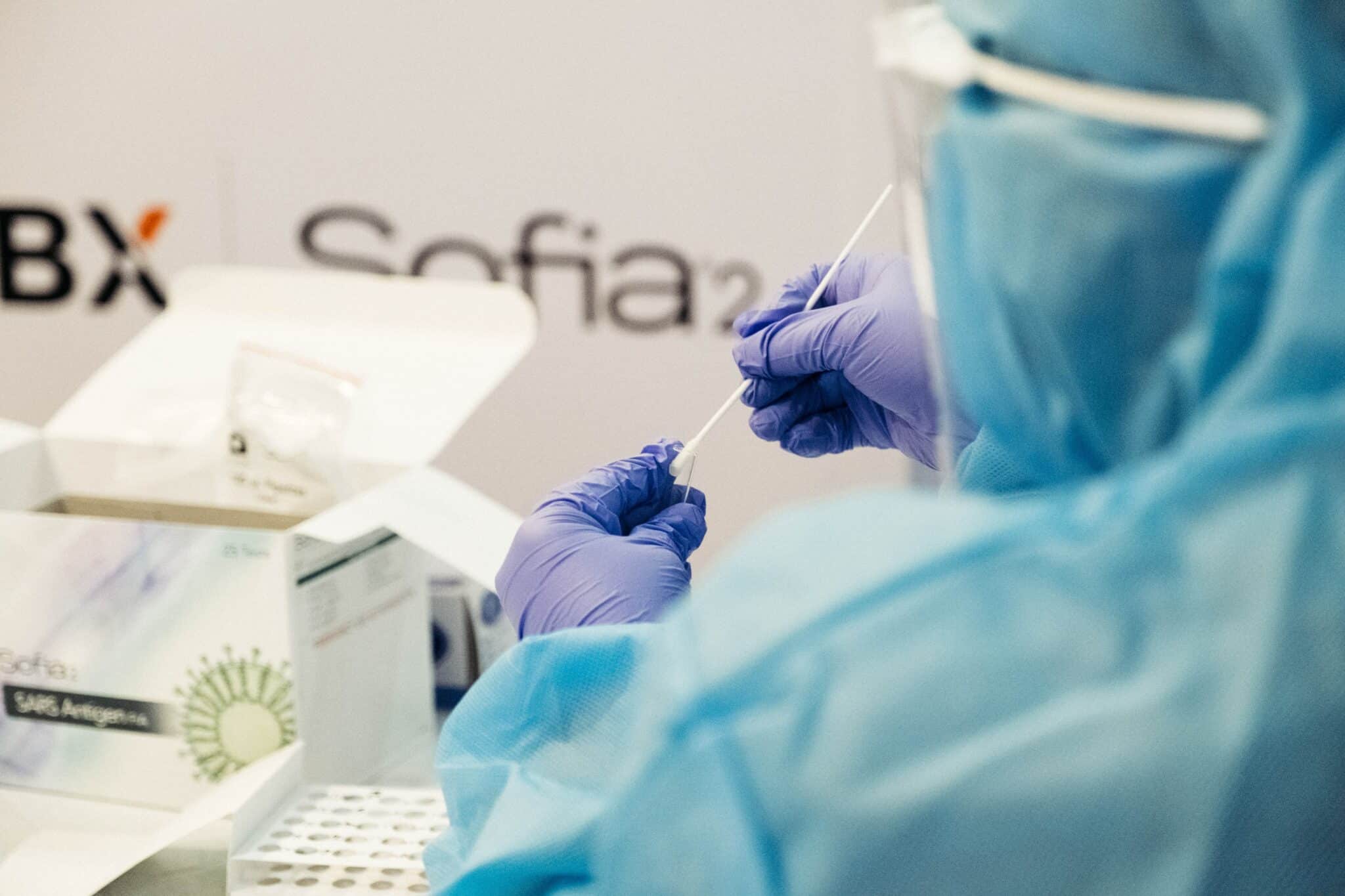COVID Pandemic Effects: Social Impact, Mental Health, Worklife, and more

In March 2020, the onset of the COVID-19 pandemic reshaped the world as we knew it. Nations closed their borders, and everything became as remote as it could be to keep populations safe, including education, work, and even healthcare.
After over three years, the worst of the pandemic is behind us, and we’re finally somewhat back to normal. But what has changed since COVID? How has it transformed the world?
In this post, we’ll explore the COVID pandemic’s effects, including its impact on:
- Mental health
- Vaccine development
- Telemedicine
- Education
- Worklife
- Overall behavioral changes
Let’s get started!
Mental Health and COVID
Globally, COVID-19 forced us to rethink how we approach most things. Social distancing, fear, and economic constraints made mental health a main conversation topic. According to the Centers for Disease Control and Prevention, “Younger adults, racial/ethnic minorities, essential workers, and unpaid adult caregivers reported having experienced disproportionately worse mental health outcomes, increased substance use, and elevated suicidal ideation.”
As a result, there has been a shift in available mental health care. According to Matthew Macaluso, D.O., clinical director of the UAB Depression and Suicide Center:
“Before the pandemic, many rural Americans did not have access to mental health services due to geography. Innovative models for health care delivery relied heavily on virtual visits, and the now widespread use of telehealth has increased access for many patients, which could change the way we provide care in the future.”
Vaccine Developments
COVID-19 has spurred significant advancements in vaccine development and the ability to respond swiftly to infectious diseases. COVID-19 vaccines were created in just 11 months, which was a remarkable feat compared to previous records. The key contributors to this advancement were:
- More streamlined clinical testing strategies that don’t detract from safety analysis
- mRNA technology
Nevertheless, while mRNA vaccines are promising, they may not be the sole solution for highly variable viruses like HIV and HCV. Overall, these developments have positioned researchers and developers to respond more effectively to future epidemics and pandemics.
Telemedicine
In the pre-pandemic era, rural hospitals often had to transfer their critically ill patients to larger medical centers better equipped to handle complex cases. However, as COVID-19 spread rapidly across the nation and intensive care unit beds became scarce, rural hospitals found themselves stretched to their limits while caring for their sickest patients.
Telemedicine has significantly enhanced the safety and efficiency of treating COVID-19 patients across various healthcare settings, with a notable impact on rural hospitals.
In a broader context, telehealth has played a pivotal role in bridging gaps in healthcare. It facilitated access to subspecialty care and expanded healthcare availability in rural areas.
Education
Long Zoom meetings replaced classrooms during the pandemic, posing new learning challenges, particularly for K–12 students. Young children and teachers struggled with online platforms while adapting to academic content. Thus, children and teens were confronted with:
- Less structure in their daily lives
- Exacerbated educational barriers
- Disruptions in their daily activities and social interactions
However, the pandemic also brought about positive changes in education, such as increased proficiency and comfort with online platforms in a classroom setting.
Behavioral Changes after COVID pandemic
The COVID pandemic brought rapid and multifaceted behavioral changes. Social distancing reduced weak social ties (i.e. casual connections and loose acquaintances). Although they’re less significant than strong ones, they play a pivotal role in people’s professional and personal lives.
According to Stanford sociologist Mark Granovetter, “Your weak ties connect you to networks that are outside of your own circle. They give you information and ideas that you otherwise would not have gotten.” For instance, it has been proven that weak ties are more helpful in securing new employment than strong ones.
Moreover, a lot of information circulated online during the pandemic, contributing to the spread of false information. This was particularly the case on social media in the context of healthcare.
Worklife
The pandemic prompted greater acceptance of flexibility, particularly in the workplace. There was a lot more understanding for people who needed to skip in-person meetings because they had a greater health risk or children learning from home. Online meetings and remote work are now an option in the workplace, allowing for a better balance between personal and professional life. Employees experienced benefits like increased family time, reduced commuting, and improved efficiency.
Additionally, the pandemic reshaped traditional leadership approaches. Managing remote teams across various locations required new leadership skills, focusing on adaptability, emotional support, work-life balance, and building relationships with geographically dispersed co-workers. This shift in leadership strategies reflects a more flexible and remote-oriented future for the workplace.
Key Takeaways
The COVID pandemic certainly brought many challenges to everybody and it really has reshaped the world as we knew it.
Still, COVID isn’t over yet. By the end of Summer, the USA saw a constant uptick in cases, and just last week, deaths increased by 8,3%, according to the CDC. Plus, China is currently facing a surge in cases as well.
Are you experiencing COVID symptoms? No matter where you are, or what type of test you need, find testing locations near you with our global directory.


